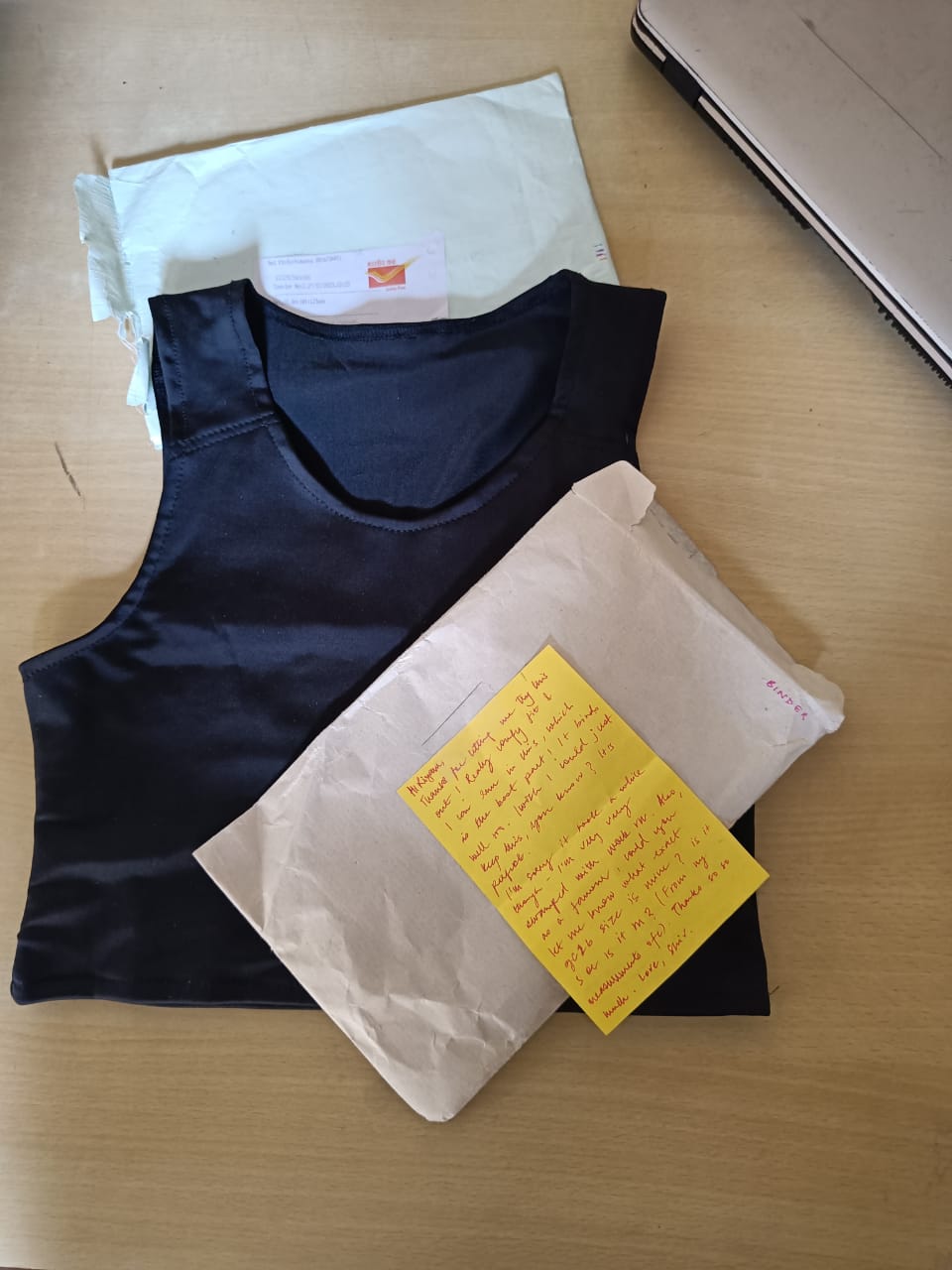Transmasculine persons use coarse cloth and ACE bandages to bind their chests, which results in a whole host of health problems
Chennai: Even as a child, Hayan knew that he was different from other children. Assigned female at birth, he identified more with boys. As he grew up, he was attracted only to girls. Then puberty hit, and as his body changed, Hyan began feeling increasingly distressed.
“I was devastated. My breasts grew, my body was changing in ways I didn’t like. While showering I couldn’t bear to look at myself,” says the 20-year-old trans man who lives in Kochi. “I had to wear a T-shirt while playing basketball and didn’t want my breasts to be visible. So, when I was 14, I began binding my chest to flatten my curves, and look more masculine.”
Many trans people experience gender incongruence — a marked and persistent incongruence between the gender felt or experienced by a person, and the gender associated by society with the sex they were assigned at birth.
That’s why chest binding – where people use binders to flatten their chest – is a common practice among transmasculine persons. However, binders are expensive, so they often use crepe and/or ACE bandages, or rough cloth instead. This can cause skin irritation, and also, if wound too tightly, impair their ability to carry out normal activities. Binding for very long hours has been known to cause rib fractures in a few people.

